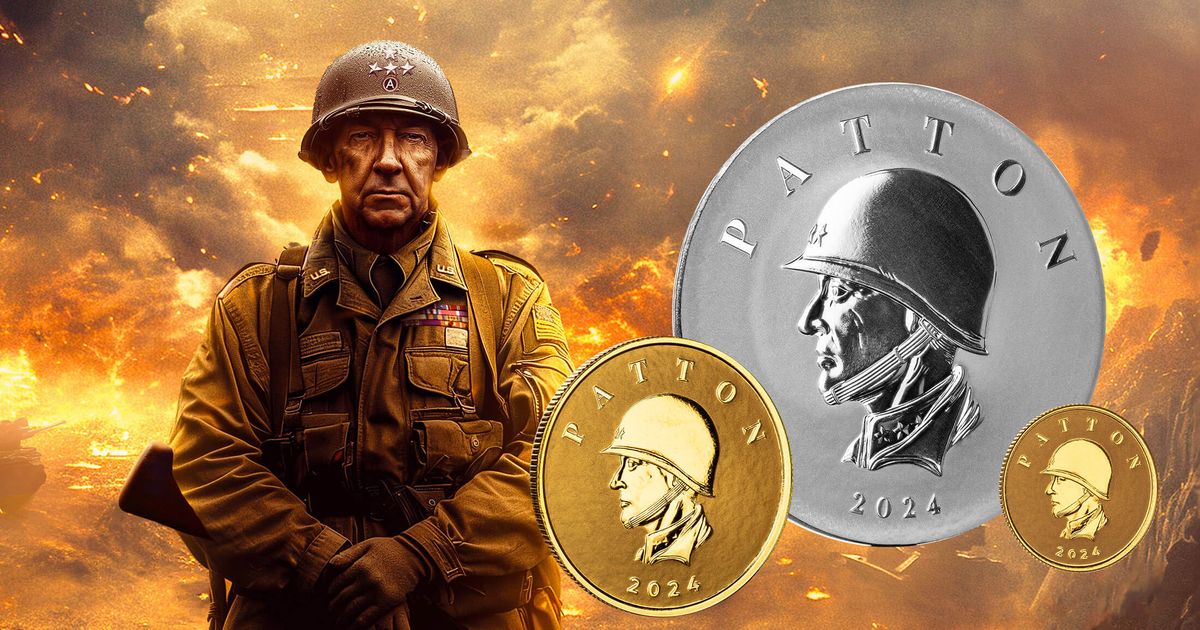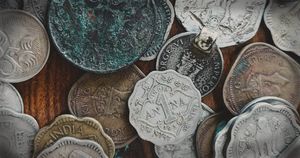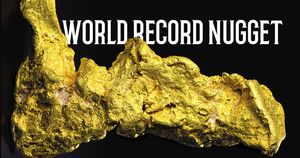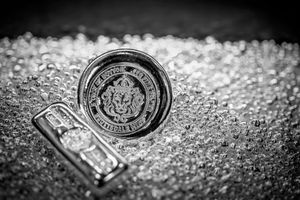“The soldier is the army. No army is better than its soldiers. The soldier is also a citizen. In fact, the highest obligation and privilege of citizenship is that of bearing arms for one’s country”
– George S. Patton
Regarded as having one of the greatest military minds in history, few names encapsulate the nation’s strength and prowess like General George S. Patton. From leading cavalry troops at the Mexico border against Pancho Villa to becoming America’s first tank commander during World War 1 – Patton is best known for his leadership and tactics used during World War 2.
Born into a family of military heritage, Patton would soon follow the same steps upon his graduation from West Point in 1909. Though remembered for his excellence in war, Patton was also an athlete, competing in the 1912 Olympic Games in Stockholm, Sweden. There he competed in the modern pentathlon of swimming, pistol shooting, fencing, running, and riding. Patton was no stranger to discipline.
Before his status as a General, Patton was an exceptional swordsman and would transfer his knowledge into designing the 1913 Enlisted Cavalry Saber, also known as the “Patton Sword”. Rather than slashing enemies with a curved sword, Patton redesigned the sword for straight thrusting attacks. Emerging military technologies soon made the saber obsolete as cavalry charges were no longer useful. However, this was only the beginning of his long list of achievements.
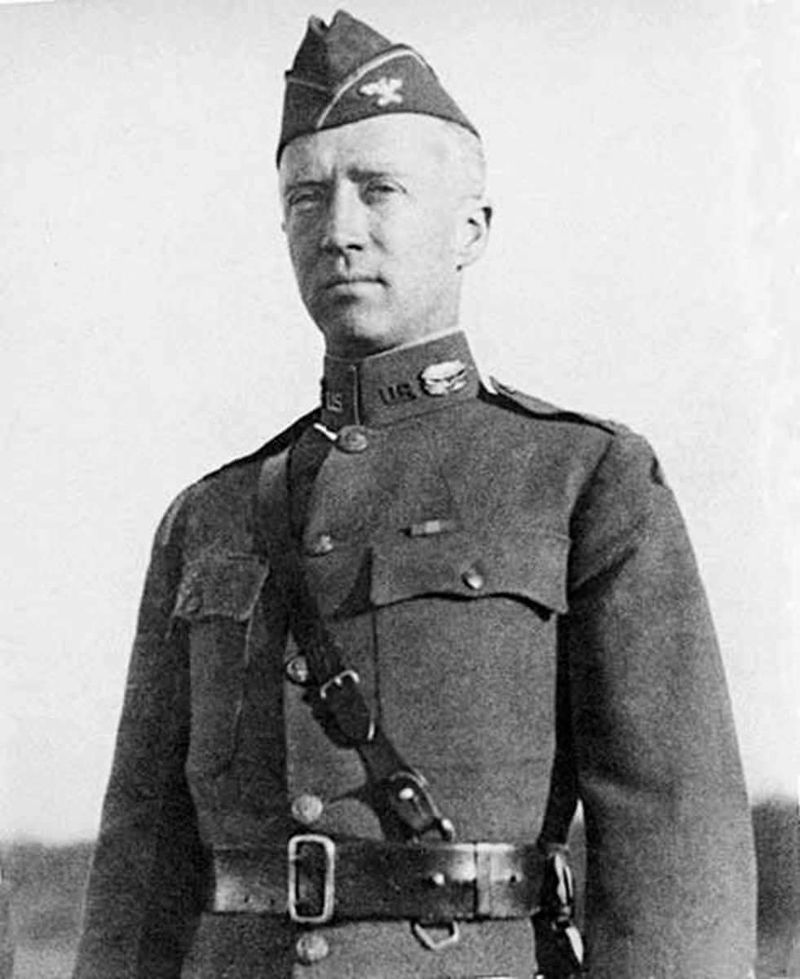
“Lead Me, Follow Me or Get Out of My Way. “
Patton was not just this formidable character that suddenly emerged out of WWII, far from it, his legacy as a military juggernaut began with his expedition to kill Pancho Villa. Under General John Pershing, Patton was ordered to lead a detachment of soldiers to buy corn nearby.
While out with his men, Patton learned that one of Pancho Villa’s lieutenants was in the area. Patton and his soldiers would later find themselves embroiled in a shootout with some of Pancho Villa’s men. One of them was, Julio Cardenas, the commander of Villa’s bodyguard. Three men were killed, including Cardenas, while Patton and his men survived unscathed.
Patton would make headlines, not so much for his efforts, but for what followed after the quick victory. He ordered his men to strap the three corpses to the hoods of their vehicles before heading back.
“We shall attack and attack until we are exhausted, and then we shall attack again.”
Patton had the foreknowledge and discipline needed to climb the ranks. Early in his career, he had a thirst for combat as he was aware this would be the quickest way to promotion.
Patton would be the first officer (and soldier) to be assigned to the newly established Tank Corps – where he would establish the First Army Tank School. His fluency in French aided him as he attended tank training in Paris.
During training, Patton steeped himself in the tactics of tank warfare. This was a monumental task, as the U.S. had no experience in using tanks – Patton was responsible for training soldiers in all aspects of this new form of combat.
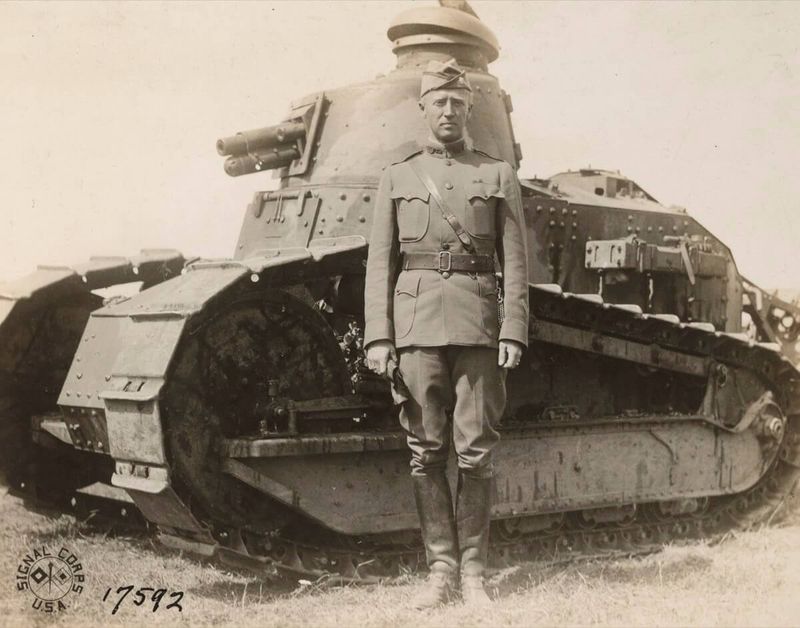
Patton, Hero of Tanks
Even as commander, Patton did not take the easy road and sit back at post while his men led the fight. On September 12, 1918, Patton would get his first taste of combat as a tank commander against German forces. As Patton was advancing his command post, he received word that some of his tanks were bogging down in the middle of the battlefield. He headed back to help his men while narrowly avoiding shells along the way, “I admit that I wanted to duck and probably did at first, but soon saw the futility of dodging fate.”
To add to the dramatic scene, Patton ran across General MacArthur who was also walking about while commanding his brigade. Both the men stood in conversation as a barrage came their way, “…We stood and talked but neither was much interested in what the other said as we could not get our minds off the shells.”
“To hell with them, they can’t hit me!”
Patton was not one to abandon his men during times of difficulty. During the Meuse-Argonne Offensive, Patton left his command post and traveled on foot following the tank tracks…
German shells and machine gun fire began to bombard his men. He ordered all of the ground troops to hit the ground. Up ahead, one of his tanks came to a standstill ahead of a wide trench. His men were ordered to head for the trench to tear down the walls.
Machine gun fire continued to rain down on Patton and his men, with many of them fleeing the trench for safety. Patton continued to dig, berating his soldiers for their lack of courage – men were taken out left and right of him but he continued on the assignment shouting, “to hell with them, they can’t hit me!”
In that same battle, he would eventually take a shot to the leg and find cover in a shell hole. Despite his injuries, his efforts inflicted major damage to the German front. The war came to an end while he was in recovery.
Without the experience of World War 1, Patton would not have had the legendary impact he’s often known for in World War 2. He was able to cut his teeth in the Great War. By single-handedly building America’s first tank school, commanding an army of troops, and ultimately leading his men to victory – Patton was a force to be reckoned with.
This was only the beginning.
“Fear kills more people than death.”
Patton can be described as bold, charismatic, and sometimes controversial, however, fear was not part of his lexicon. His unabashed confidence instilled a sense of invincibility in his men, pushing them to reach for victory by all means possible.
After a series of defeats during WW2, General Patton managed to lead his men to win America’s first major battle against Nazi Germany in the battle of El Guettar. It was a necessary morale-boosting victory that solidified the U.S. as a major military power.
“We will not be stopped.”
Patton’s next major initiative would be the invasion of Sicily, where he led the U.S. 7th Army. His military mind and execution proved to be successful with more than 100,000 German troops withdrawing from the fight.
General Patton was more than a fierce military strategist. His grand oratory skills and storytelling won the hearts of his men – he knew how to appeal to the warrior within them. He wasn’t a notetaker, no, he spoke straight from the hip.
A Man of Colorful Words
How else do you talk to a group of men, some who are about to experience their first taste of war, and many who will undoubtedly lose their lives? Patton did not hold back the profanity.
“There is one great thing that you men will all be able to say after this war is over and you are home once again. You may be thankful that twenty years from now when you are sitting by the fireplace with your grandson on your knee and he asks you what you did in the great World War II, you WON’T have to cough, shift him to the other knee and say, ‘Well, your Granddaddy shoveled shit in Louisiana.’ No, Sir, you can look him straight in the eye and say, ‘Son, your Granddaddy rode with the Great Third Army and a Son-of-a- Godd*mned-B*tch named Georgie Patton!’”
Patton’s larger-than-life demeanor led to one of his greatest victories: D-Day. German forces were led to believe Patton’s imminent invasion of Pas de Calais, France. Unbeknownst to them, forces were landing on the beaches of Normandy. After forces broke German lines, Patton’s 3rd army took advantage of the breach and pursued Nazi forces in northern France.
The final stage of WW2 began with the crossing of the Rhine River. Patton and his men spearheaded the campaign. He was well aware of the historical significance, taking the time to imitate William The Conqueror’s entrance to England – pretending to stumble and leaping to his feet with a handful of soil.
Patton would go on to liberate some of the worst concentration camps and capture over 300,000 enemy soldiers. Their efforts expedited Germany’s surrender and the eventual destruction of Nazi rule.
“Success in war depends on the Golden Rules of War:
speed, simplicity, and boldness.”
There’s good a reason why Patton is one of the most quoted military leaders in history, he not only talked the talk but he walked it. Undoubtedly, no matter the circumstances, Patton would rise to the occasion.
It’s the willingness to embrace the uncomfortable, defy the odds, and stare fear directly in the face that makes General Patton one of the greatest military commanders to ever live.
He’s a testament to the fact that men aren’t born, they’re made.
Don’t miss your chance to secure the second limited release from the Scottsdale Mints Commander’s Series. This collection has already set itself apart both in design and collectibility – get one while you can!
